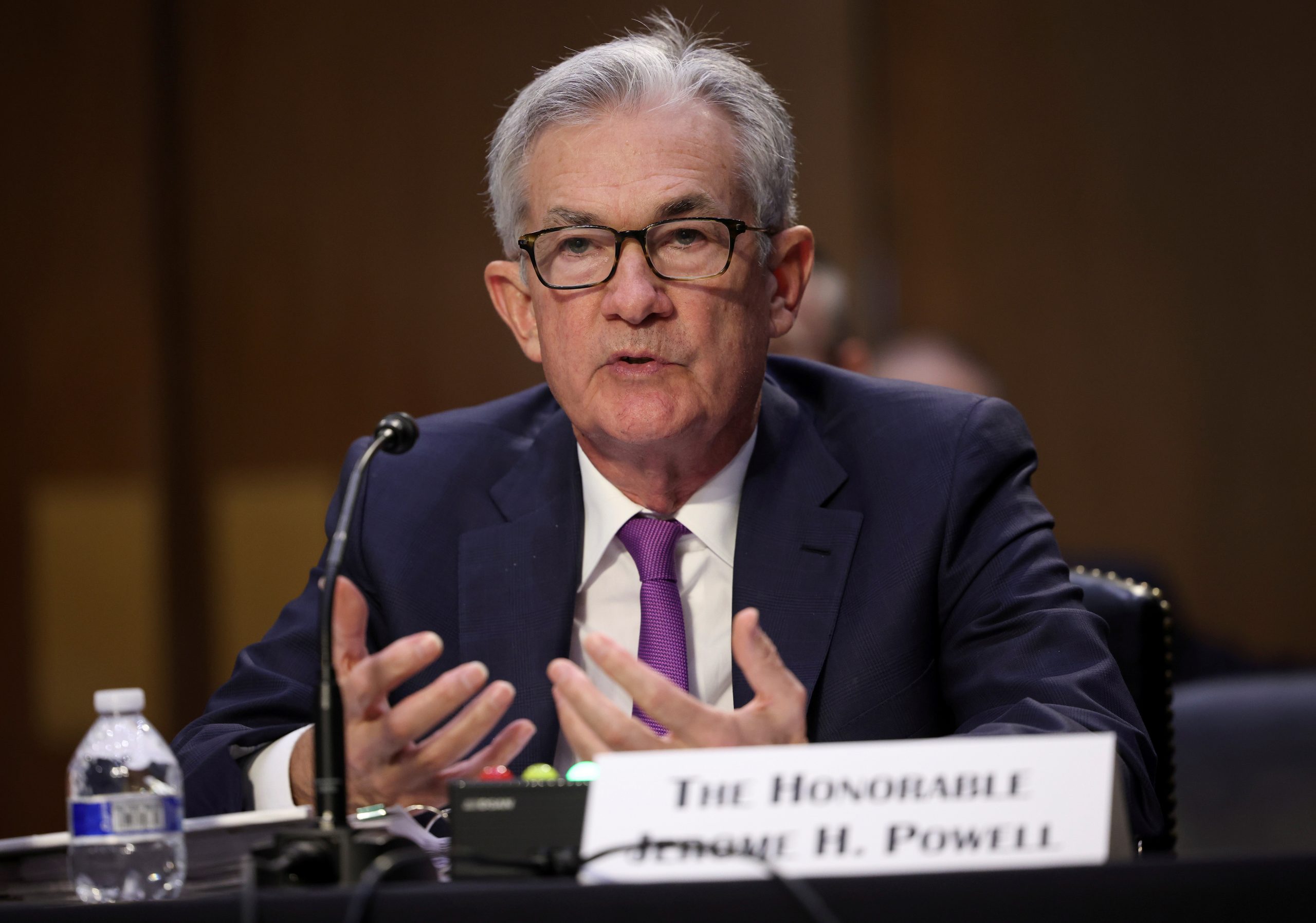
Willie R. Tubbs, FISM News [elfsight_social_share_buttons id=”1″]
On Wednesday, the Federal Reserve announced it would begin scaling back a bond-buying program it had implemented in order to help the nation’s response to the COVID crisis.
The announcement came following a meeting of the Federal Open Market Committee, a policymaking group within the Fed.
According to CNBC, the process will begin later this month and involve the Fed reducing its monthly buying by $15 billion per month – $10 billion in treasury bonds and $5 billion in mortgage-based bonds – until it lowered its current buying rate of $120 billion per month to $0.
These figures are not permanent, and the FOMC said it would adjust its buying based on market responses.
“The Committee judges that similar reductions in the pace of net asset purchases will likely be appropriate each month, but it is prepared to adjust the pace of purchases if warranted by changes in the economic outlook,” the committee said in a statement. “The Federal Reserve’s ongoing purchases and holdings of securities will continue to foster smooth market functioning and accommodative financial conditions, thereby supporting the flow of credit to households and businesses.”
Initially meant to help the United States’ faltering economy, the bond-buying program proved useful early on but has, of late, become counterproductive.
The program has begun to have a negative impact on inflation, although the committee indicated it felt the spike in inflation would be temporary.
“Inflation is elevated, largely reflecting factors that are expected to be transitory,” the statement reads. “Supply and demand imbalances related to the pandemic and the reopening of the economy have contributed to sizable price increases in some sectors.”
Fed Chair Jerome Powell said that while temporary, the spike would be nonetheless persistent.
“Our baseline expectation is that supply chain bottlenecks and shortages will persist well into next year and elevated inflation as well,” Powell told CNBC. “As the pandemic subsides, supply chain bottlenecks will abate and growth will move up and as that happens inflation will decline from today’s elevated levels.”
While the bond-buying program will begin winding down, the Fed announced that it would maintain interest rates at or near 0% as a means stewarding the economy through this rough patch.
“The path of the economy continues to depend on the course of the virus,” the FOMC statement reads.
